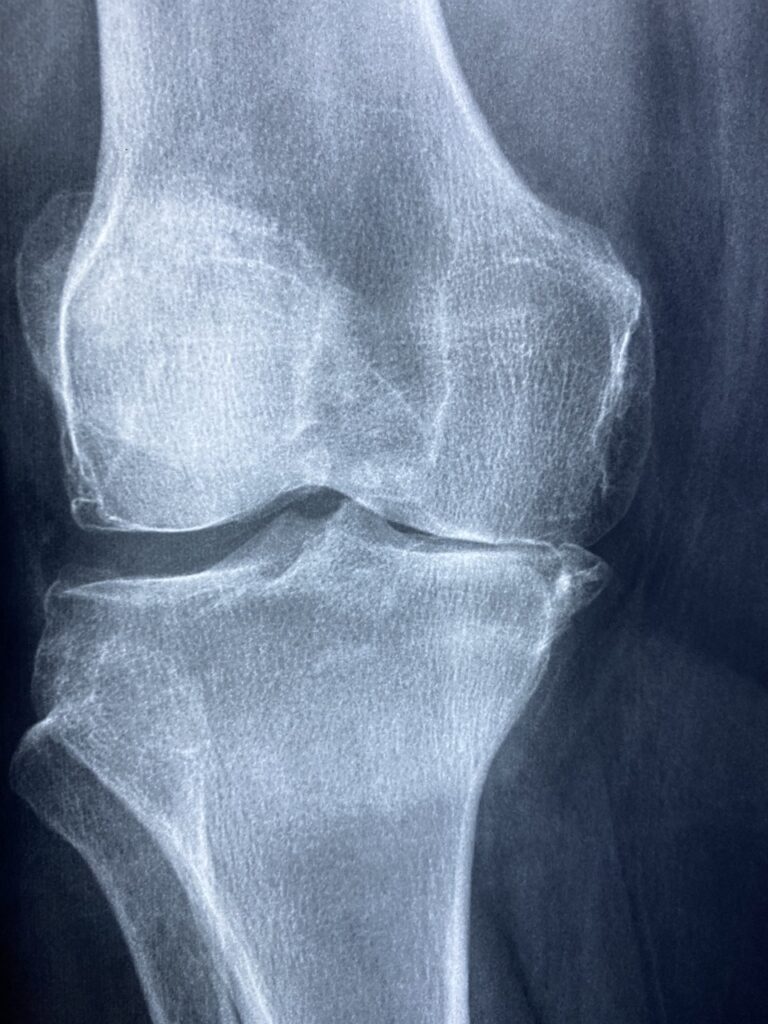What is Cyanosis
This is a bluish discoloration of the skin and mucous membranes caused by the presence of excessive amounts of reduced hemoglobin in arterial blood.
For cyanosis to become visible the amount of reduced hemoglobin should exceed 5g/dl.
In severely anemic patients since this level of reduced hemoglobin cannot be reached, cyanosis may not develop even when there is hypoxemia. The opposite is true of polycythemia ( increased red blood cell mass) in which cyanosis is present even under normal conditions.
Sites:
- Hand
- Foot
- Mucous Membranes
- Lips
- Ear lobes
- Nail beds
- Tongue
- Tip of nose
Types of cyanosis:
A. Central
B. Peripheral
A. Central cyanosis:
This may be due to impaired pulmonary ventilation or impaired heart action.
•central cyanosis is seen in the tongue, lips, and mucous membrane.
- Extremities are warm( because there will be no vasoconstriction in extremities)
- In central cyanosis breathing of pure oxygen decreases cyanosis.
B. Peripheral cyanosis:
- Due to diminished peripheral blood flow resulting from reduced cardiac output.
- peripheral cyanosis is Seen in the nail bed, the tip of the nose, and ear lobes.
Extremities are cold( because of vasoconstriction in extremities). - cyanosis persists even when breathing oxygen.
Causes of central cyanosis
A. Central cyanosis Causes
Cardiac
1. Congenital, Cyanotic heart disease
2. Congestive cardiac failure
Pulmonary
1. Chronic obstructive lung disease
2. Collapse and fibrosis of the lung
3. High altitude due to lower partial pressure of oxygen
B.Peripheral cyanosis causes
1. Cold ( local vasoconstriction)
2. Increased viscosity of blood
3. Shock
4. Reynaud’s phenomenon
Mixed cyanosis causes
1. Acute Left ventricular failure
2. Mitral stenosis (left atrial failure and peripheral vasoconstriction)
Symptoms of Cyanosis
The blue coloration of the lips and fingertips is the major identification of cyanosis. However, there can be some accompanied symptoms if there is an underlying cause.
Patients who have lung and heart diseases can develop cyanosis gradually. People who are taking drugs that contain nitrates and dapsone can develop cyanosis over the years.
Different symptoms related to cyanosis include rapid heartbeat, palpitation, chest pain (ranging from dull to severe chest tightening), dyspnea, and blue discoloration of the skin on the extremities.
Diagnosis of Cyanosis
The doctor would first complete a physical examination based on the symptoms of blue discoloration of nails and lips. The doctor would measure the carbon dioxide levels and oxygen levels in the blood using a noninvasive pulse oximeter. ECG, Chest X-ray or echo test, and hemoglobin levels and arterial blood gas test may also be done. Here’s how healthcare professionals typically diagnose cyanosis:
- Clinical Examination: Physicians begin by conducting a thorough physical examination to evaluate the extent and distribution of cyanosis. They assess the color of the lips, tongue, nail beds, and skin under natural light conditions.
- Oxygen Saturation Measurement: Pulse oximetry is a non-invasive technique used to measure oxygen saturation in the blood. By placing a sensor on the patient’s finger or earlobe, healthcare providers can obtain a quick and accurate assessment of oxygen levels.
- Arterial Blood Gas Analysis (ABG): In cases where pulse oximetry results are inconclusive or further information is required, arterial blood gas analysis may be performed. This test provides detailed information about the levels of oxygen, carbon dioxide, and pH in the blood.
- Imaging Studies: Chest X-rays or computed tomography (CT) scans may be ordered to assess the underlying cause of cyanosis, especially if respiratory or cardiac conditions are suspected.
- Electrocardiogram (ECG or EKG): If cardiac abnormalities are suspected, an electrocardiogram may be conducted to evaluate the electrical activity of the heart and identify any potential issues.
- Diagnostic Procedures: Depending on the clinical presentation and suspected underlying cause, additional diagnostic procedures such as echocardiography (ultrasound of the heart), pulmonary function tests, or cardiac catheterization may be recommended.
- Medical History and Review of Symptoms: Gathering a detailed medical history and reviewing symptoms can provide valuable insights into the possible causes of cyanosis. Factors such as pre-existing medical conditions, medication use, exposure to toxins, and family history are taken into consideration.
- Specialized Consultations: In complex cases or when the cause of cyanosis is unclear, healthcare providers may refer patients to specialists such as pulmonologists, cardiologists, hematologists, or vascular surgeons for further evaluation and management.
By employing a comprehensive approach to diagnosis, healthcare professionals can effectively identify the underlying conditions contributing to cyanosis and implement appropriate treatment strategies tailored to the individual patient’s needs. Early diagnosis and intervention are essential for optimizing patient outcomes and improving quality of life.
Treatment of cyanosis
Pharmacological Treatment:
- Supplemental Oxygen Therapy: Administering oxygen is the primary pharmacological intervention for cyanosis. It helps increase the oxygen content in the blood, alleviating cyanosis.
- Vasoactive Medications: Drugs like vasopressors or inotropic agents may be used to improve cardiac function and circulation, thereby addressing the underlying cause of cyanosis.
- Antibiotics: In cases where cyanosis is due to respiratory infections such as pneumonia, antibiotics may be prescribed to treat the infection and improve oxygenation.
- Diuretics: If fluid overload or pulmonary edema is contributing to cyanosis, diuretic medications may be prescribed to reduce fluid retention and improve respiratory function.
Non-Pharmacological Treatment:
- Mechanical Ventilation: In severe cases of respiratory distress causing cyanosis, mechanical ventilation may be necessary to assist breathing and improve oxygenation.
- Surgery: Surgical interventions may be required to correct structural abnormalities or congenital heart defects that are causing cyanosis.
- Fluid Management: Proper fluid management can help reduce fluid overload and pulmonary congestion, thereby improving oxygen exchange in the lungs.
- Lifestyle Modifications: Lifestyle changes such as smoking cessation, maintaining a healthy weight, and regular exercise can help improve overall cardiovascular health and reduce the risk of cyanosis.
- Pulse Oximetry Monitoring: Regular monitoring of blood oxygen levels using pulse oximetry can help assess the effectiveness of treatment and guide adjustments in therapy.
- Patient Education: Educating patients and caregivers about the underlying cause of cyanosis, medication management, and lifestyle modifications is crucial for long-term management and prevention of complications.
It’s important to note that the choice of treatment depends on the underlying cause of cyanosis, which may vary from respiratory conditions to cardiac abnormalities. Therefore, a comprehensive evaluation by a healthcare professional is essential for determining the most appropriate course of action.




